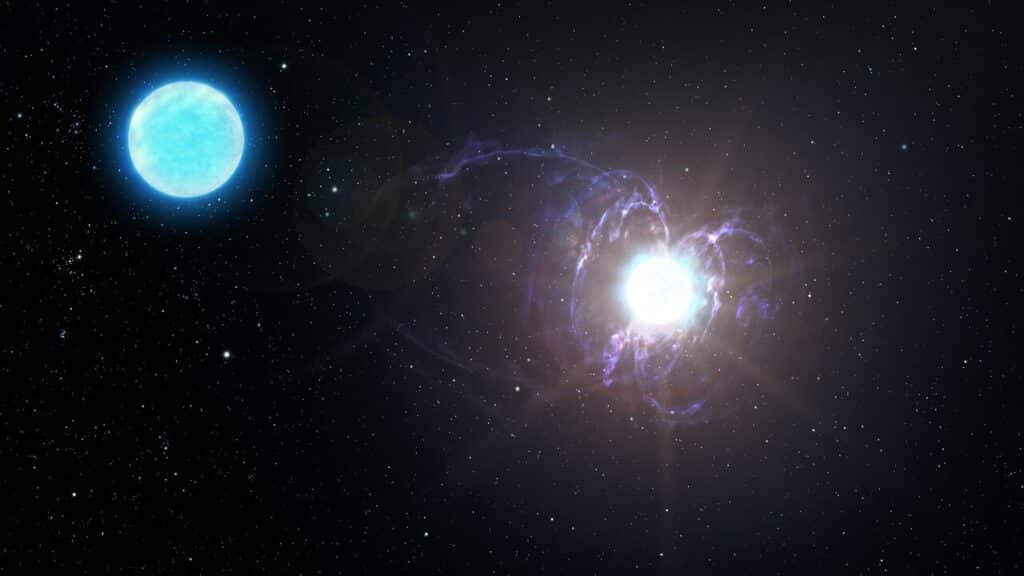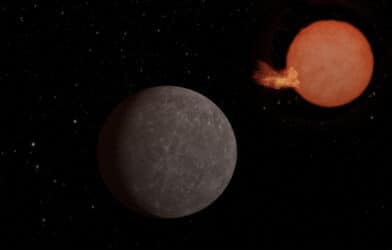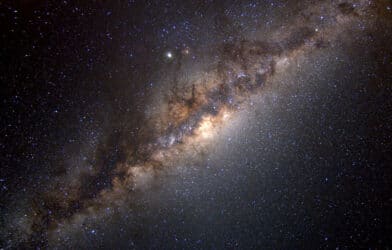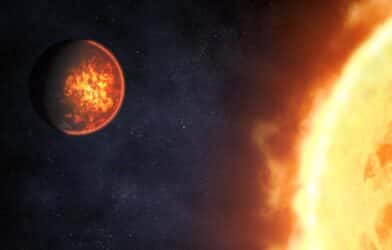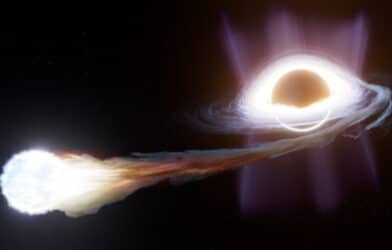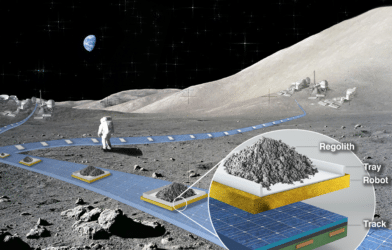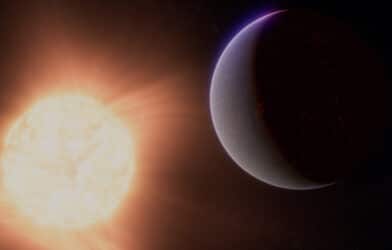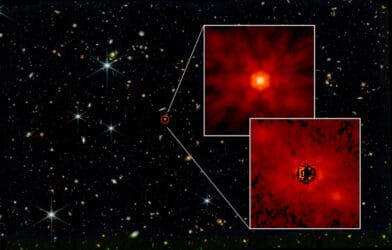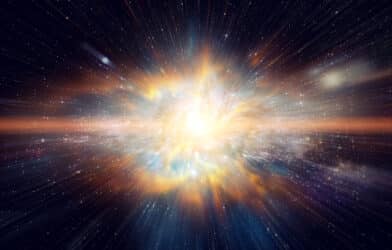Imagine a big star explodes. What’s left is called a neutron star. These neutron stars are like super-dense balls—really small but really heavy. Some of them have super, super strong magnetic fields, much stronger than anything else we know of. These are called “magnetars.”
Scientists have been trying to figure out how these magnetars form. Now, a team of researchers are revealing a special kind of star that might help us understand how magnetars are made.
The Elusive Magnetar
The process by which these fascinating entities form, and how they conjure such immense magnetic fields, has been an intricate puzzle for scientists. André-Nicolas Chené, from the National Science Foundation’s NOIRLab, along with a team of astronomers, embarked on a journey to understand these elusive celestial phenomena.
Utilizing a plethora of telescopes worldwide, including the Canada-France-Hawai‘i Telescope (CFHT) on Maunakea, the team has pinpointed an astronomical object that may be the missing piece in understanding the origins of magnetars – a massive magnetic helium star called HD 45166.
HD 45166, a star that is part of a binary system and slightly more massive than our Sun, has been observed by astronomers for over a century. However, its true nature, other than being helium-rich, remained shrouded in mystery.
“This star became a bit of an obsession of mine,” said Tomer Shenar, an astronomer at the University of Amsterdam and lead author of the study, in a statement. He was intrigued by the unusual characteristics of HD 45166, suspecting that magnetic fields could be the key to deciphering its perplexing nature. “I remember having a Eureka moment… ‘What if the star is magnetic?’,” Shenar reminisced.
Deciphering Magnetic Mysteries
Equipped with curiosity and advanced spectroscopic observations, Shenar, Chené, and their colleagues delved into the magnetic enigma of this star system using the CFHT. They discovered a magnetic field of about 43,000 gauss, the strongest ever found in a massive star. This discovery, coupled with an understanding of its interactions with its companion star, allowed them to estimate its mass and age precisely.
The researchers hypothesized that HD 45166, located 3000 light-years away in the constellation Monoceros (the Unicorn), originated from the merger of a pair of intermediate-mass stars, unlike other helium stars that evolve from a red supergiant. This unique origin intrigued Chené and raised questions about the variety in the origins of other magnetars. “This is a very specific scenario, and it raises the question of how many magnetars come from similar systems and how many come from other types of systems,” pondered Chené.
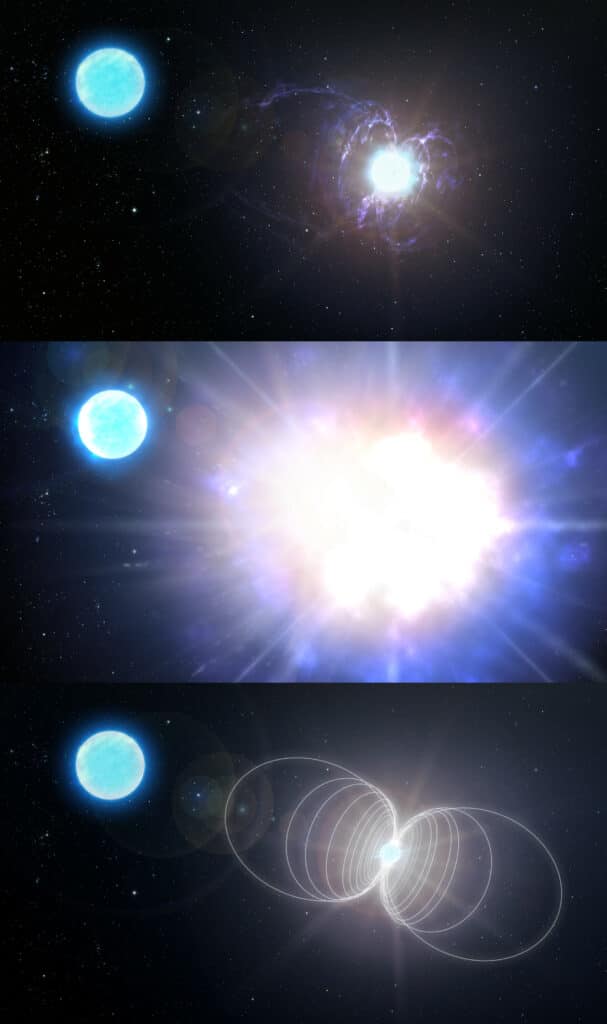
HD 45166 is foreseen to explode as a supernova in a few million years. This explosion will lead to the core contracting and intensifying the star’s already potent magnetic field lines, resulting in the formation of a neutron star with a magnetic field of around 100 trillion gauss, becoming the universe’s most powerful magnet.
“For the first time, a strong magnetic field was discovered in a massive helium star,” revealed Chené. “Our study suggests that this helium star will end its life as a magnetar.”
Changing the Perspective
This groundbreaking discovery suggests that even stars much less massive than previously thought can transform into magnetars under the right conditions. “We thought that the most likely magnetar candidates would come from the most massive of stars. What this research shows us is that stars that are much less massive can still become a magnetar, if the conditions are just right,” concluded Chené.
The unveiling of these celestial secrets not only enriches our understanding of the cosmos but also opens new avenues of exploration and possibilities in the intricate dance of the stars, redefining our perspective on the universe’s magnetic giants.
The research is published in the journal Science.
